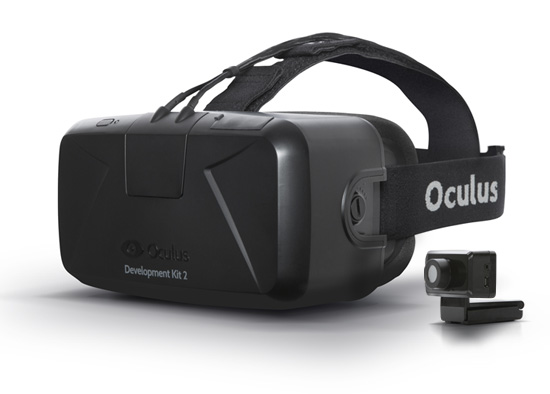Over the past few months, there’s been a lot of talk about how virtual reality will shake up the consumer market this year, estimated to take in $6.7 billion for 2016 alone. But some customers have been taking a “wait and see” approach, wondering what the upfront cost would be, and now Oculus VR has given them a clear idea.
The company has launched pre-orders for its long-awaited Rift headset, with the first order set to ship out sometime in March. However, it comes at a larger-than-expected price of $599 for a package that includes a carrying case, an Xbox One controller, a remote control for use with the headset, and a pair of games: Lucky’s Tale and EVE: Valkyrie. The bundle does not include the motion tracking device, Oculus Touch, which is expected to release later in the year.
We re excited to announce that #Rift is available to pre-order on https://t.co/IbtvoHGcKZ! https://t.co/b6f1z7hCcj pic.twitter.com/cF3PL2CnXU
Oculus (@oculus) January 6, 2016
The $600 price point has been the subject of discussion all over social media today, with some obviously opposing a high cost in favor of cheaper alternatives, like the Samsung Gear VR and Google Cardboard.
GamesRadar‘s Susan Arendt spoke about the price point for the Oculus, stating that “All of the above might be ignored if the Rift were relatively cheap – say, $200 or so. Now, I m not suggesting for a second that the current $599 is outrageous. Given where we are in the Rift timeline, that s a reasonable asking price. But that is not ordinary consumer price, especially considering that the Rift s primary use at this point is playing games, something many other things do already. That is not ‘Oh, hey, this looks nifty!’ price. That is laser disc, 3DO, Neo Geo, Betamax, only-super-technofans-with-deep-pockets-need-apply price.”
Even with the higher-than-expected price, pre-orders for the device have sold very well. The initial March shipment sold out in just under 15 minutes, and current pre-orders are estimated to ship at a later date in May, and the timetable could move even further as the day goes on.
SuperData‘s Joost van Dreunen spoke to [a]listdaily about the Oculus Rift’s price point. “It’s on the high end, especially since we’re looking at the introduction of a new platform,” he explained. “Historically, a new device enters with a substantial subsidy in order to capture market share early on. The first Xbox lost $250 per unit, for instance.
“Combined with the additional expense of necessary PC hardware, I suspect that initially it will be mostly affluent, early adopters and industry folks that will buy this. Which means that the first wave of sales gives us no real sense of whether average consumers will care enough for this to become a household device.”
Cheaper alternatives may be the way for some consumers to go until the Oculus Rift can prove itself, even with the fast-selling pre-orders. There is great potential for mobile to lead the virtual reality market, and Sony’s PlayStation VR could end up having a significantly lower price point.
It’s too soon to tell just how successful Oculus will be in the long run, but we should get a better idea after it officially launches.

